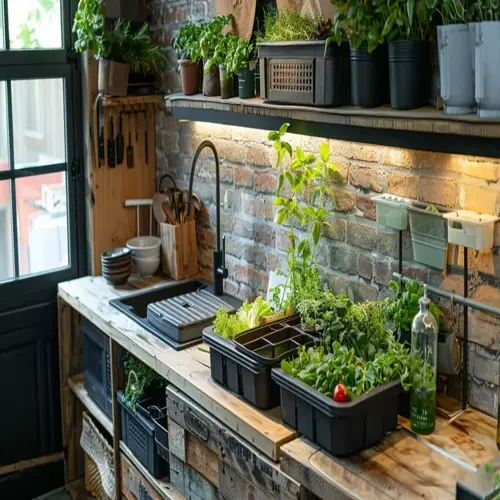What safety precautions are needed for pet owners?

Written by
Nguyen Minh
Reviewed by
Prof. Martin Thorne, Ph.D.Ensuring pet safety during grub control applications requires planning and safety protocols. I created these programs after rescuing a neighbor's dog from exposure to chemicals that made it ill. Products and applications that are safe for pet use are mandatory. Your pets depend upon you to provide a secure environment during lawn care applications.
Product Selection
- Choose chlorantraniliprole-based bee-safe products
- Avoid carbaryl and trichlorfon near pet areas
- Check EPA registration for pet safety data
- Select granular formulas over sprays when possible
Access Restrictions
- Keep pets indoors during application
- Use temporary fencing around treated zones
- Wait until grass is completely dry
- Follow product specific reentry periods
Storage & Handling
- Lock chemicals in pet proof cabinets
- Store at least 5 feet off the ground
- Keep original containers with labels intact
- Dispose of empty containers immediately
As soon as they're bought, chemicals must be kept in secure storage. I keep mine in metal cabinets that are locked (in my garage) and are secured 5 feet above the ground. Never put chemicals in unmarked containers. Keep by the storage (in a conspicuous place) the phone numbers of the nearest veterinarians that will handle a case of accidental ingestion (because inquisitive pets sometimes lick the containers).
Utilize temporary exclusion zones using portable fencing. Treated areas are sectioned off with bright orange safety netting. Provide designated bathroom spots in untreated areas. Dogs are on leashes during any reentry periods. Water should be included to rinse paws if accidental contact occurs.
Identify poisoning signs such as drooling, vomiting, and other symptoms. Wash pets off immediately with mild soap in case of exposure. Contact your veterinarian with the product name and its active ingredients. I always have the photos of my product labels on hand on my phone for quick reference in emergencies.
Utilize preventative alternatives in pet-heavy areas. I have used beneficial nematodes around patios and dog runs. Nematodes should be applied when the weather is dry and pets are indoors. These natural alternatives eliminate the risk of chemicals, and the grubs are controlled.
Read the full article: Effective Lawn Grub Treatment Guide

